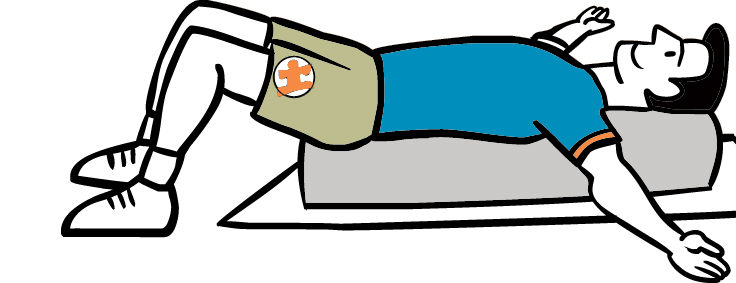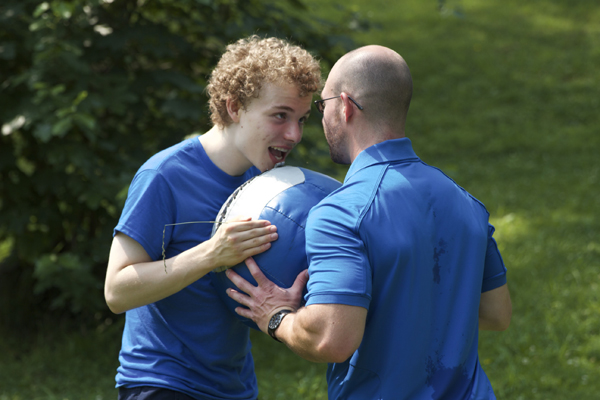Decoding Autism
How the study of genetics is untangling the vast, complex underpinnings of this increasingly common disorder.
Lost your password? Please enter your email address. You will receive a link to create a new password.

How the study of genetics is untangling the vast, complex underpinnings of this increasingly common disorder.
Seriously, what aren’t the benefits of fitness for the autism population? As human beings, we all need to move for optimal health and development. Last I checked (approximately four minutes ago), individuals with autism and related disorders were, in fact, human beings. When discussing the inherent benefits of exercise, certainly there are physical, behavioral, and cognitive areas of ability that can receive a boost in quality.

Many individuals with autism have heightened sensory systems. If you try to teach exercise while their body is in this state, you may experience resistance from the child or student, you could become frustrated, and even worse, exercise may be seen as negative experience for your child or student.

Autism Spectrum Disorders (ASD) are a broad range of disorders that affect the cognitive ability of a person interacting with people in society. Areas of interaction disorders that a person with ASD displays include social interaction, communication/language and behavior problems.

So what movement activities make sense when developing fitness programs for the autism and special needs populations? The same that make sense for most human bodies! Fitness programs should focus primarily on big gross motor movements that are most likely to develop strength, stability, motor planning, and carryover or generalize to other areas of life.